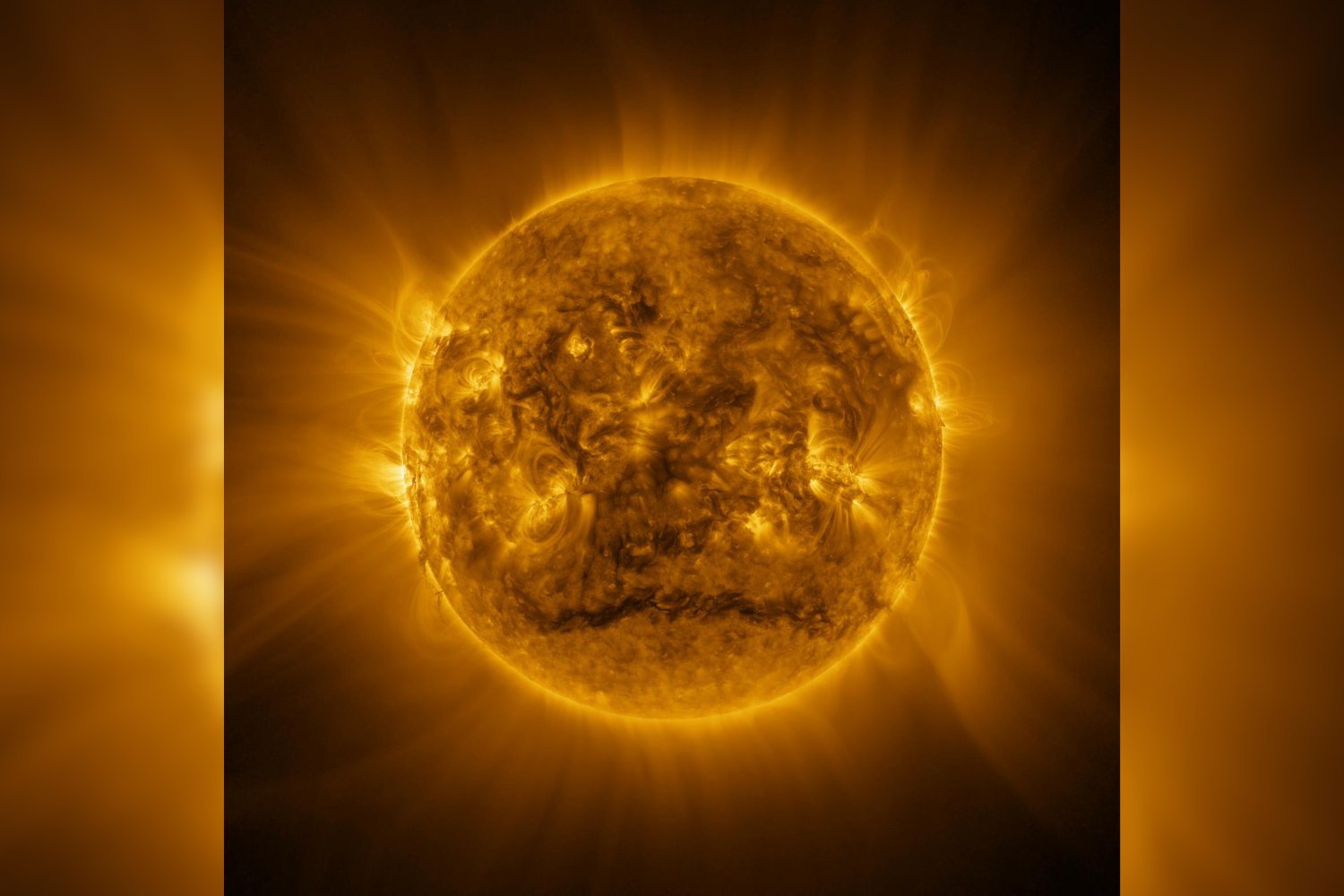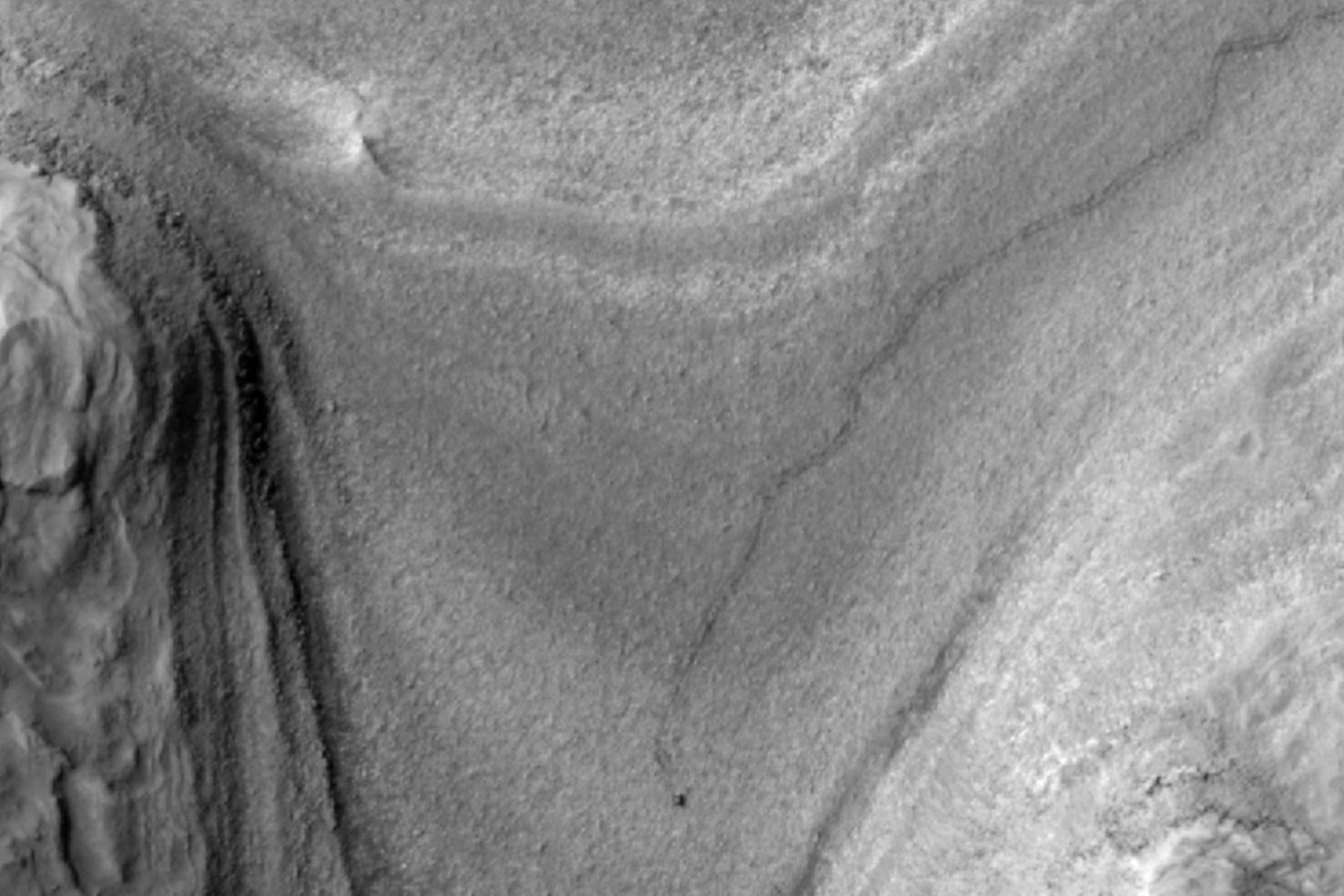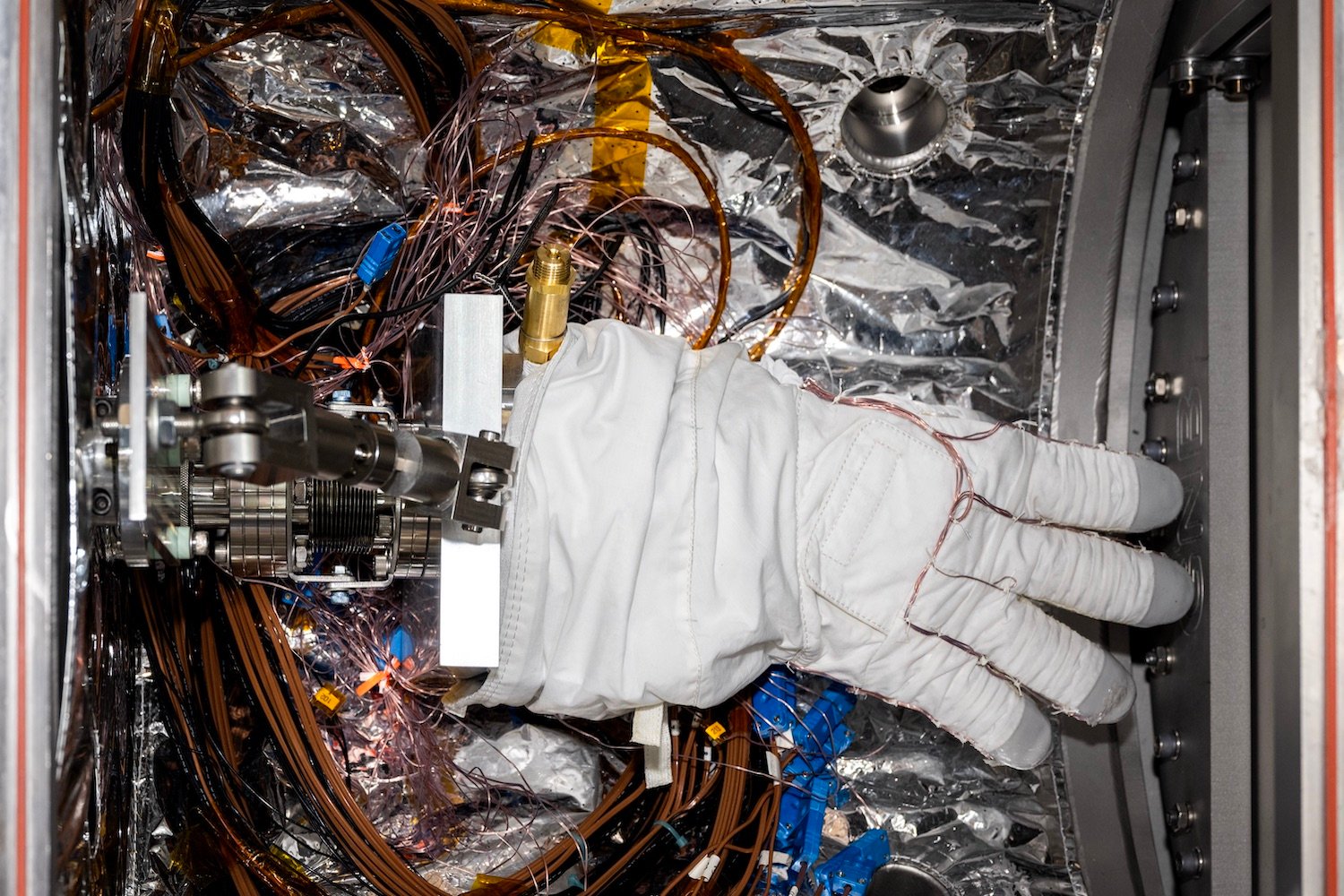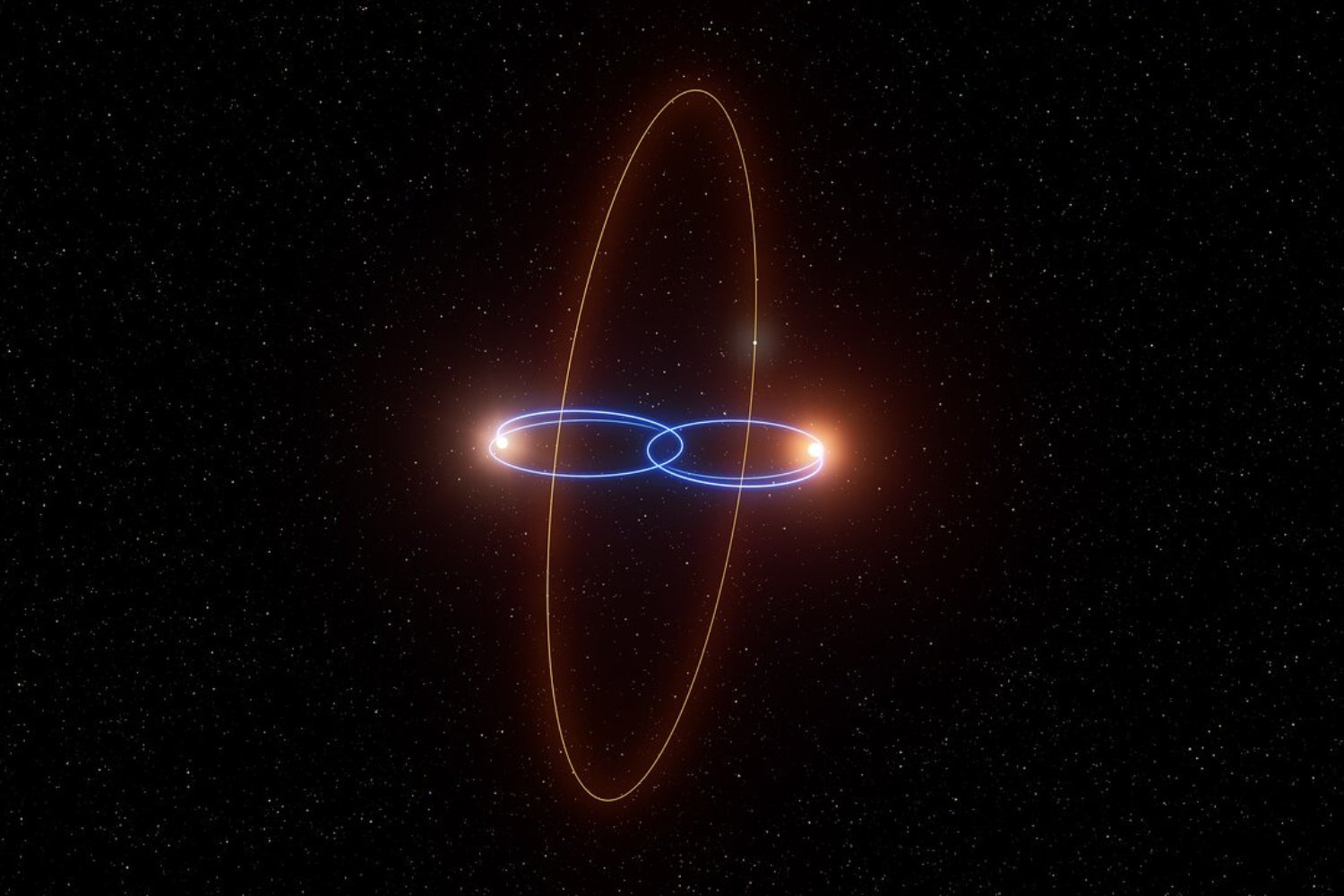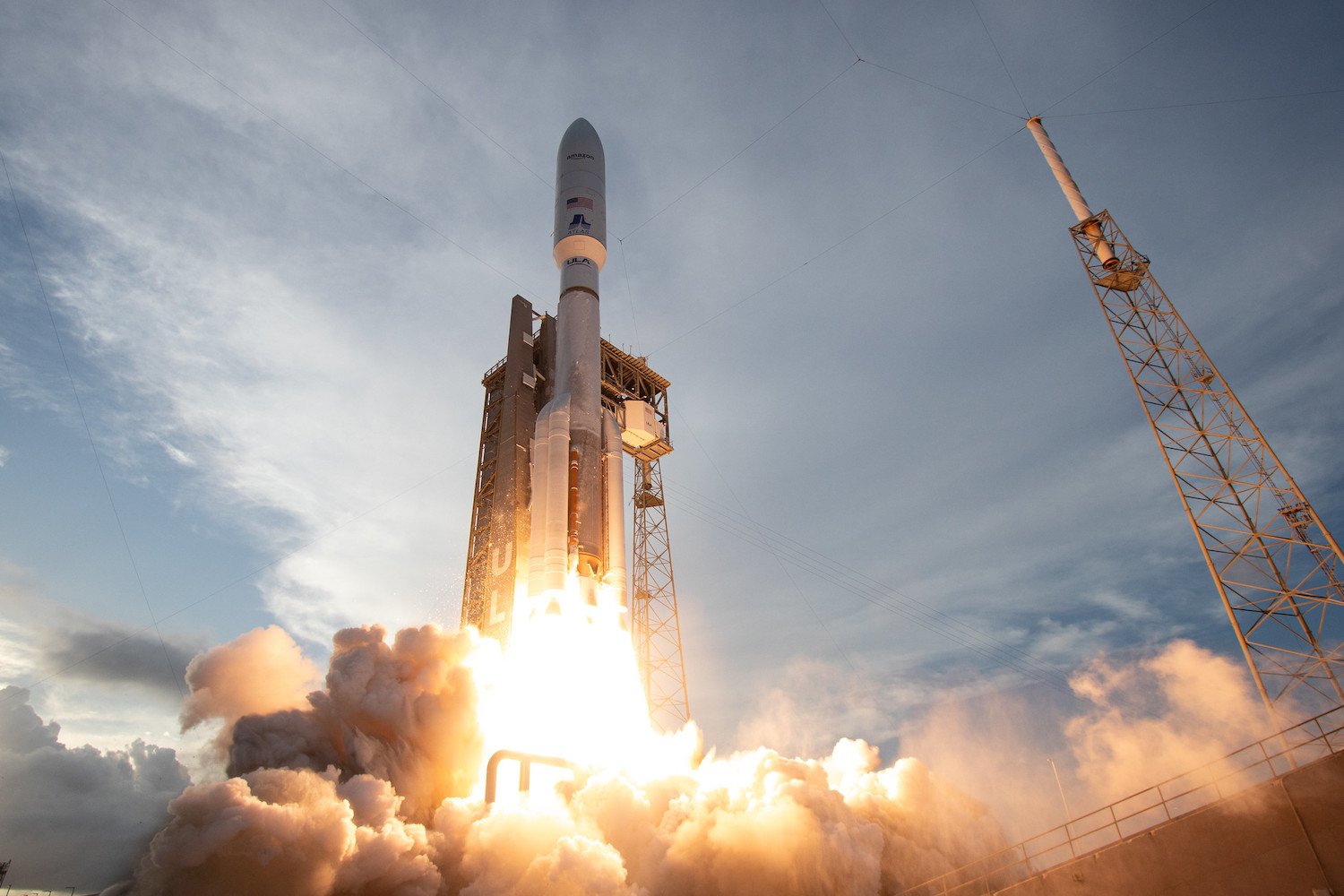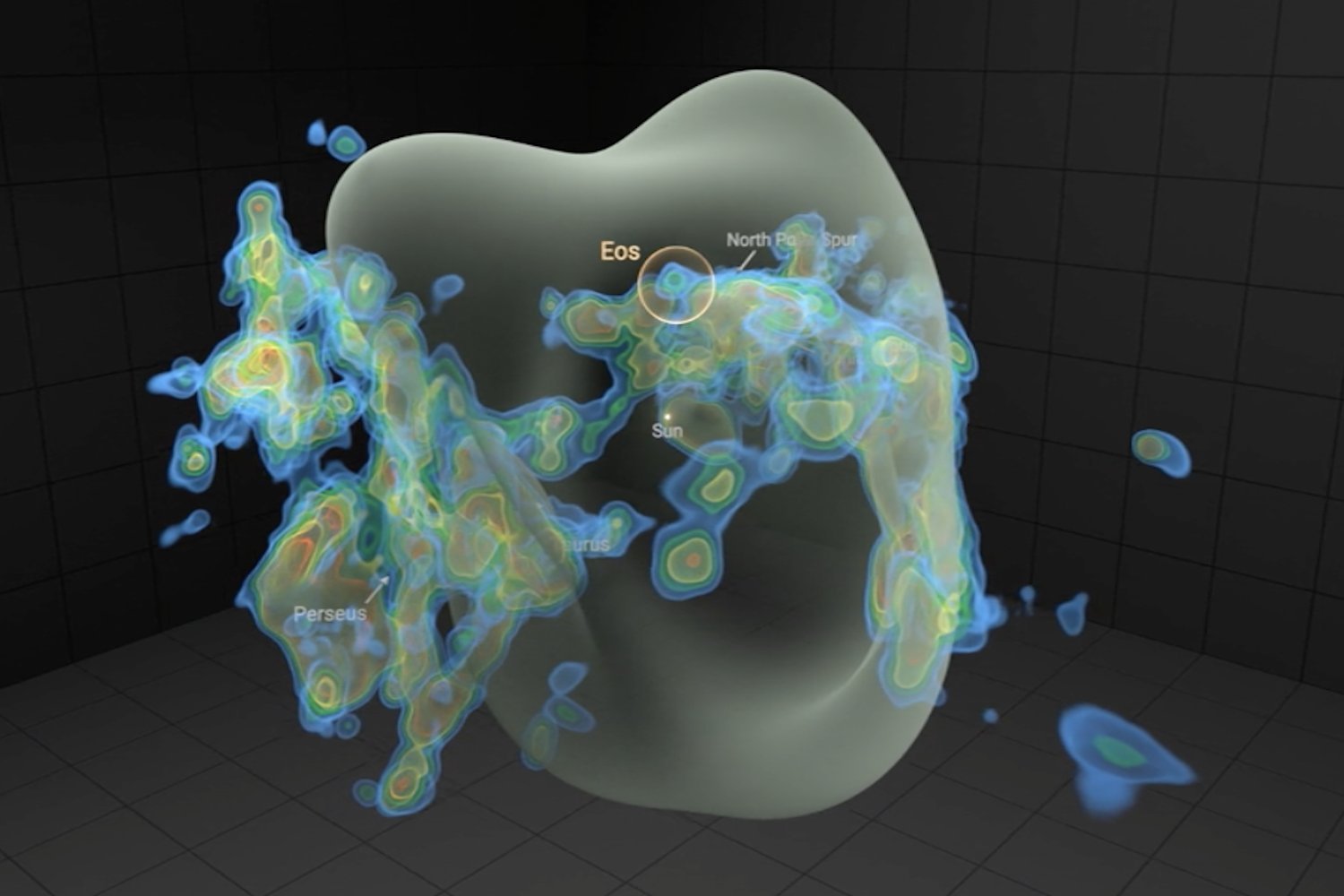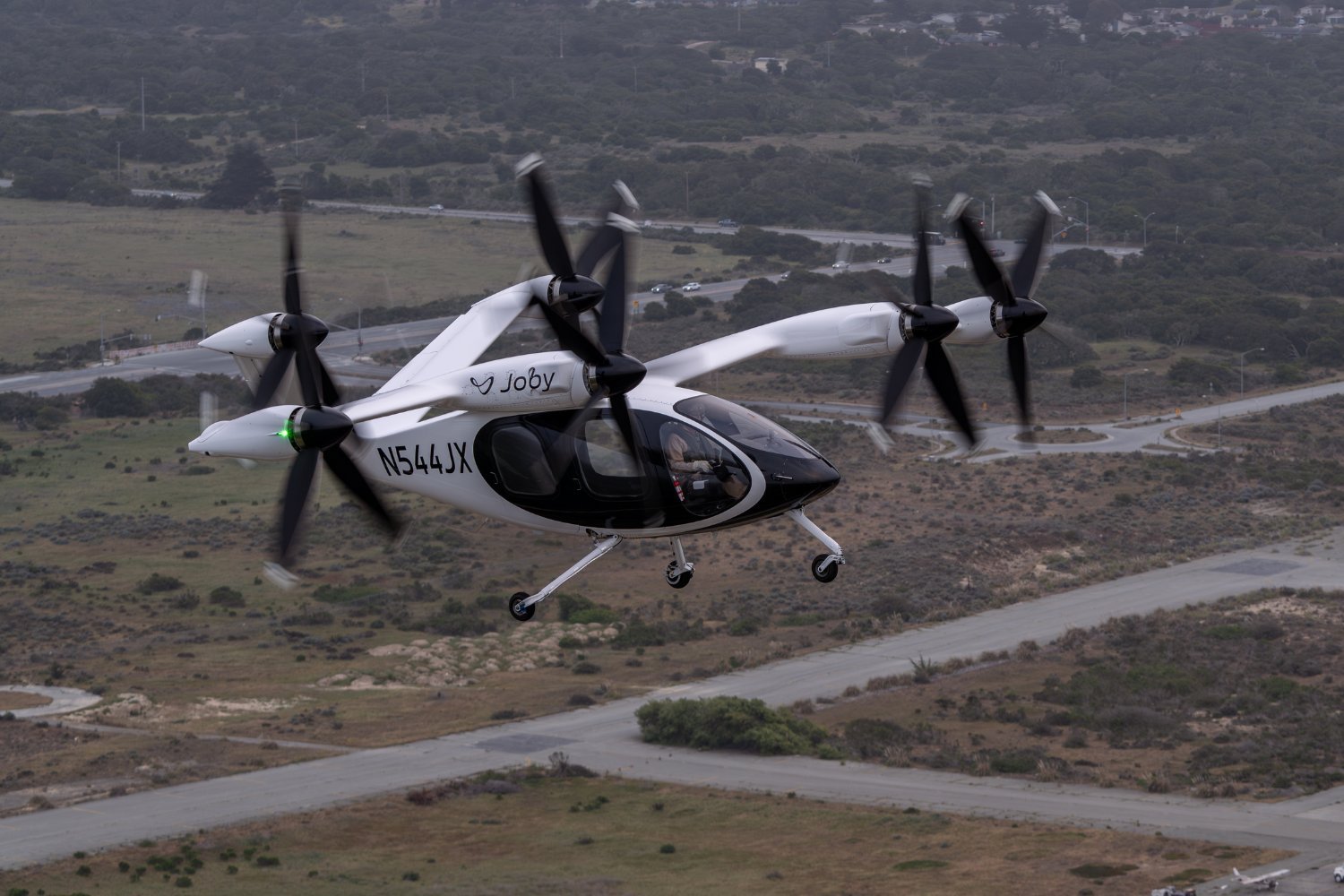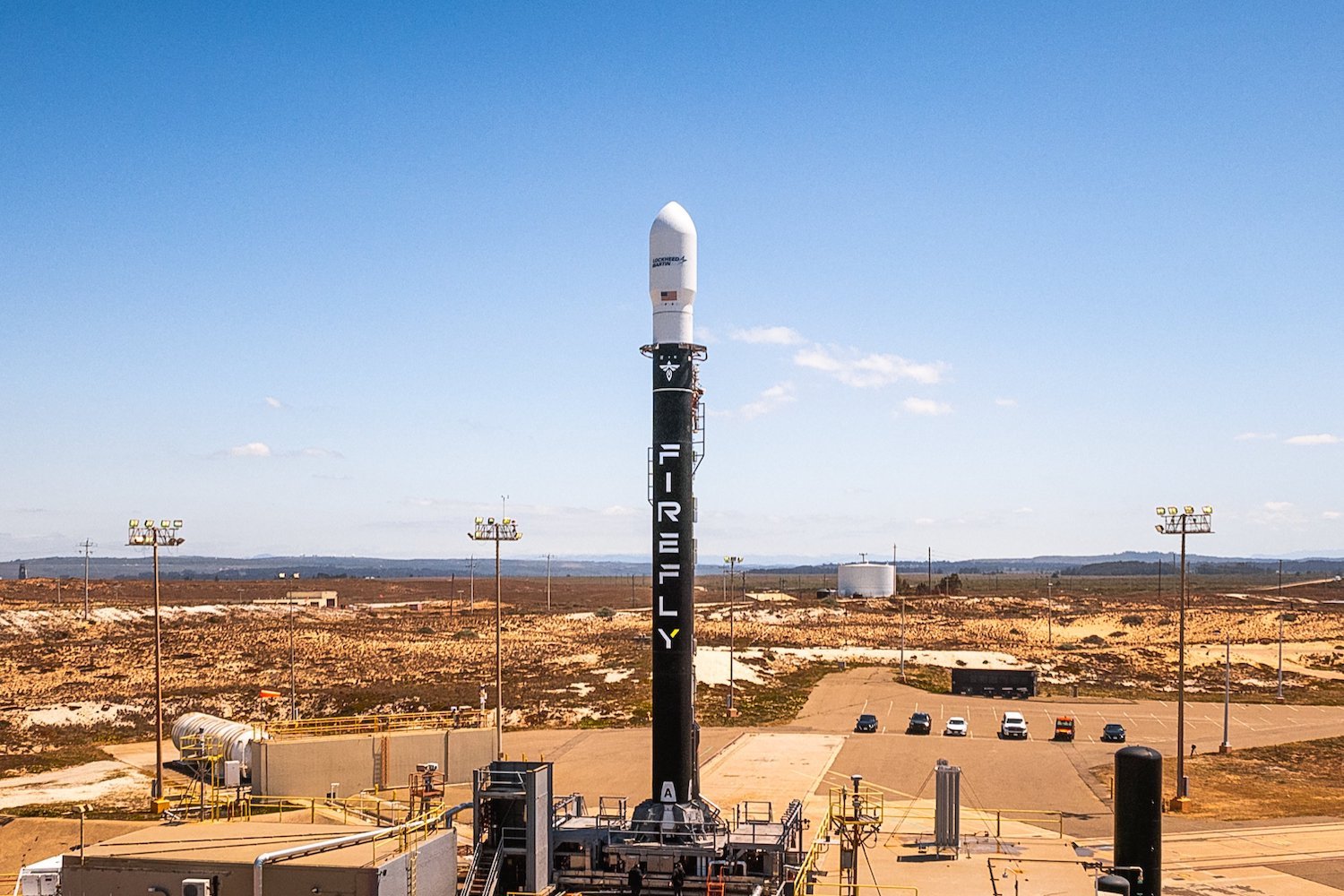The Solar Orbiter mission, a joint venture between NASA and ESA, has delivered an awe-inspiring, high-resolution image of the Sun, possibly the most detailed ever captured. Taken on March 9, 2025, from a distance of approximately 47.8 million miles (77 million kilometers), this remarkable image reveals the Sun’s corona in unprecedented detail.
This isn’t just a single photograph but a mosaic meticulously stitched together from 200 individual images captured by the spacecraft’s Extreme Ultraviolet Imager (EUI). The resulting 12,544-by-12,544-pixel image offers an extraordinary level of detail, allowing for unparalleled zoom capabilities and exploration of the Sun’s complex features (available on the ESA website).
Unveiling the Sun’s Dynamic Atmosphere
This stunning image unveils key elements of our solar system’s central star. The intricate tendrils emanating from the Sun represent the solar atmosphere, known as the corona, visualized at ultraviolet wavelengths invisible to the naked eye.
Closer to the solar surface, dark, filament-like prominences, composed of solar plasma, arc and follow the Sun’s magnetic field lines. These prominences, while reaching temperatures of around 18,000 degrees Fahrenheit (10,000 degrees Celsius), are significantly cooler than the million-degree corona.
Exploring Solar Features: Filaments, Active Regions, and Coronal Loops
A prominent dark band across the Sun’s surface, resembling a fiery frown, represents a solar filament. Brighter areas on the solar disk indicate active regions, which are the source of powerful solar flares and coronal mass ejections. On the right side of the image, coronal loops, also shaped by the Sun’s magnetic field, are visible.
The Solar Orbiter mission is a crucial part of a broader scientific endeavor to understand the complex dynamics of the solar atmosphere. This includes investigating how magnetic fields interact, twist, and occasionally erupt into solar storms, potentially impacting satellites and power grids on Earth.
Advancing Solar Science and Space Weather Forecasting
This remarkable image is not only visually stunning but also a valuable source of data for scientists studying solar heating, plasma behavior, and space weather forecasting. The detailed observations will contribute to a deeper understanding of the Sun’s processes and improve our ability to predict and mitigate the effects of space weather events.
This achievement highlights the remarkable capabilities of the Solar Orbiter mission, demonstrating our ability to send spacecraft close to the Sun and capture detailed imagery of its dynamic atmosphere. This image is a testament to the ingenuity of the mission and provides invaluable insights into the workings of our nearest star.



